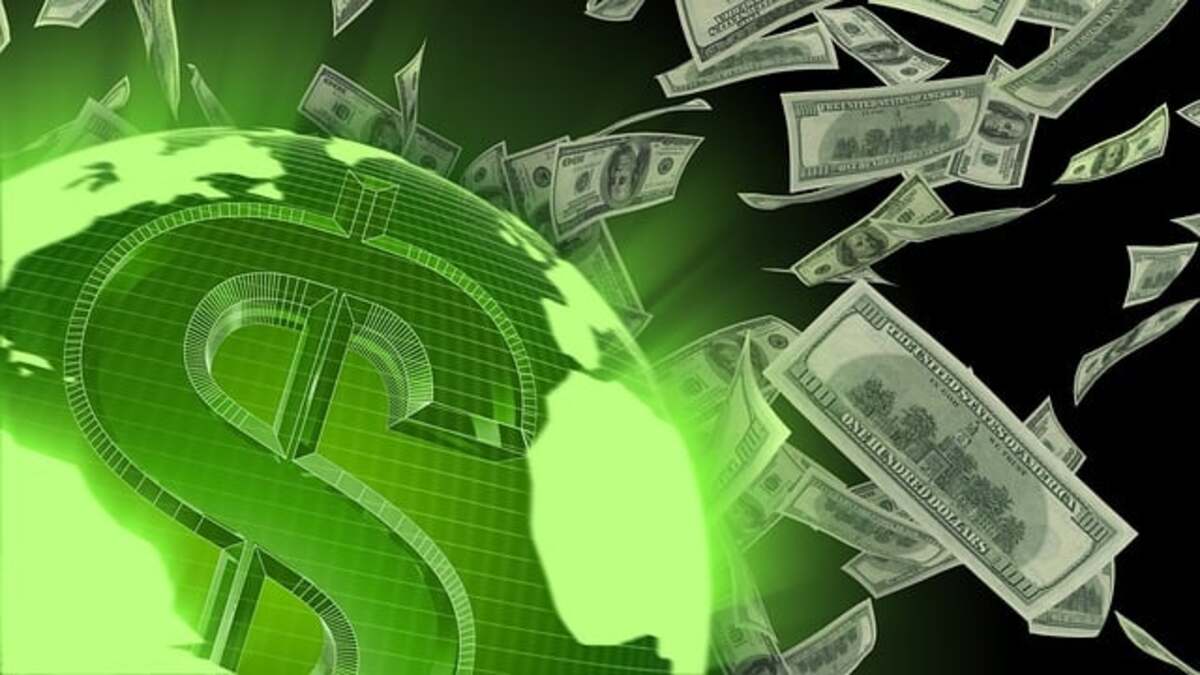The World Bank Group is an extraordinary global partnership. Its purpose is to reduce poverty and foster shared prosperity by decreasing the number of people living in extreme poverty worldwide and supporting their efforts to engage in international trade.
The bank is overseen by its board of directors, which comprises senior finance or development officials from member countries. It has its headquarters located in Washington, DC.
Table of Contents
What is the World Bank Group?
The World Bank is an international institution that offers loans and grants to developing nations. Their mission is to reduce poverty while expanding shared prosperity – they do this through providing financial, analytical, advisory, and convening support to clients.
The Bank is an international cooperative owned and run by its 189 member countries – or shareholders – who form its shareholders. A Board of Governors represents them; each year, it meets to determine how to run its policies. Typically these governors include ministers of finance or development from member countries as their representatives.
The Bank Group’s key institutions–IBRD, IDA, IFC, and MIGA–work together in ever tighter coordination to assist client countries in achieving the Sustainable Development Goals (SDGs). For instance, they are working towards improving global health monitoring through an agreement with WHO.
How does the World Bank help its client countries?
The World Bank Group assists its client countries by advocating policies that enable developing countries to grow economically and increase their Gross Domestic Product. Established in 1944, the Bank includes four institutions-IBRD, IDA, IFC, and MIGA-with its logo being a blue globe outlined with blue lines.
The Bank uses funds borrowed on capital markets to lend at much lower interest rates to poor countries, which repay these loans over an extended period.
The World Bank offers technical assistance, with often more importance attached to advice and experience offered by staff than money. A country may require help developing strategies to fight corruption or increase girls’ enrollment in school; Bank staff will work with the country on creating such plans before conducting regular reviews about effectiveness; they will pose questions like: will this benefit both their economy and the poorest citizens?
What is the World Bank Group’s mission?
The Bank’s financial reserves come from various sources, including earnings from investments, fees paid in by wealthy members (particularly wealthy countries), contributions from member countries, and borrowing nations that pay back what the Bank lends them as their projects progress. Since it lends only part of what’s needed for each project – often its resources – the borrower must raise any shortfall through other channels.
The Bank works closely with private sector entities that further its goals, from financial institutions that co-invest in projects to insurance providers responding to natural disasters and companies providing goods and services to poor communities. Furthermore, it collaborates with local government – city administrators and mayors – to support development initiatives.
Some critics of the Bank, including its current President David Malpass, contend that its authority is too dependent on United States-dominated funding sources; private capital flows may soon replace it altogether; CFR’s Steil speculates that the future value of World Bank might lie less in money but in expertise and best practice knowledge it offers.
What is the World Bank Group’s role in international business?
The World Bank Group is an international development finance institution that operates through two main activities – International Bank for Reconstruction and Development (IBRD) and International Development Association (IDA).
The Bank offers low-charged interest loans to underdeveloped nations to promote economic development and increase gross domestic product. Its logo features an outline globe.
The work of this organization includes evaluating the effects of projects it supports and monitoring clients’ progress. Furthermore, they conduct research and analysis on global issues.
Its governance structure includes a Board of Governors comprising one representative from each member country and an Executive Board with 24 directors. At the same time, each nation also has one vote on this body. Funds are raised via the sale of AAA credit-rated bonds in international capital markets that offer low-interest rates; bondholders include private investors, corporations, and governments of member countries.




